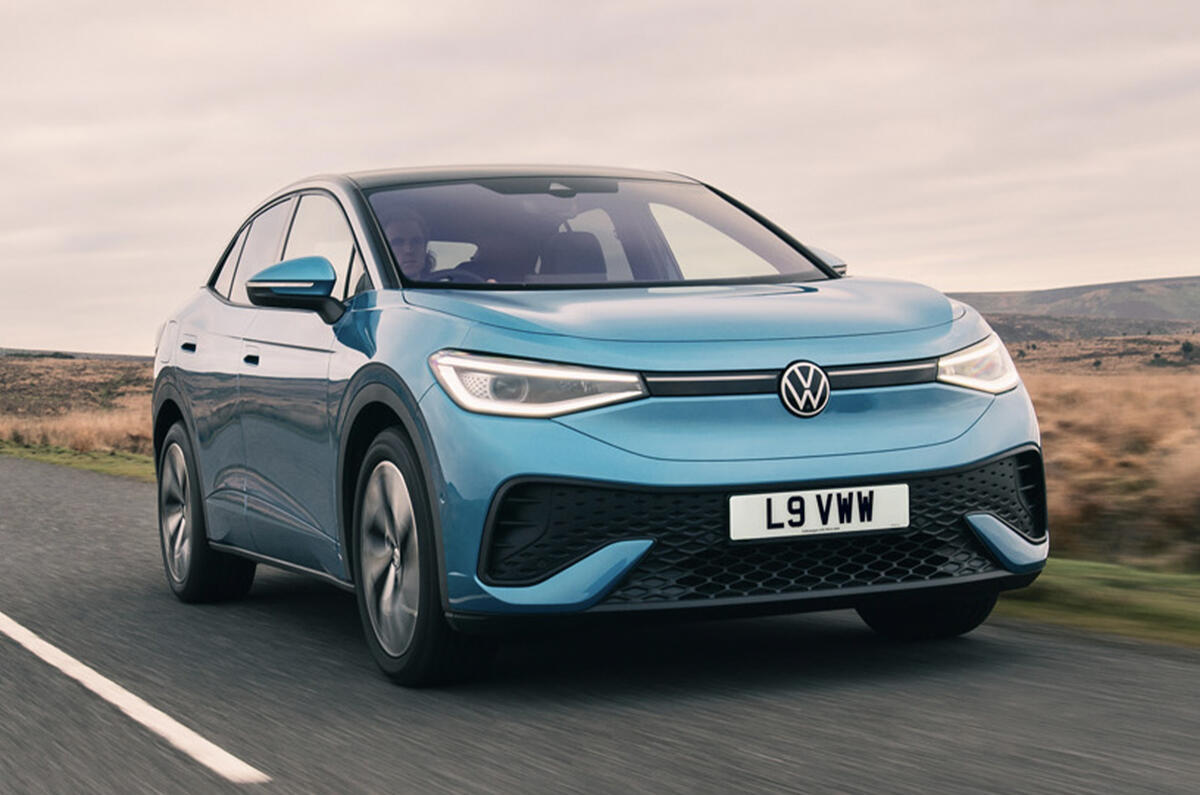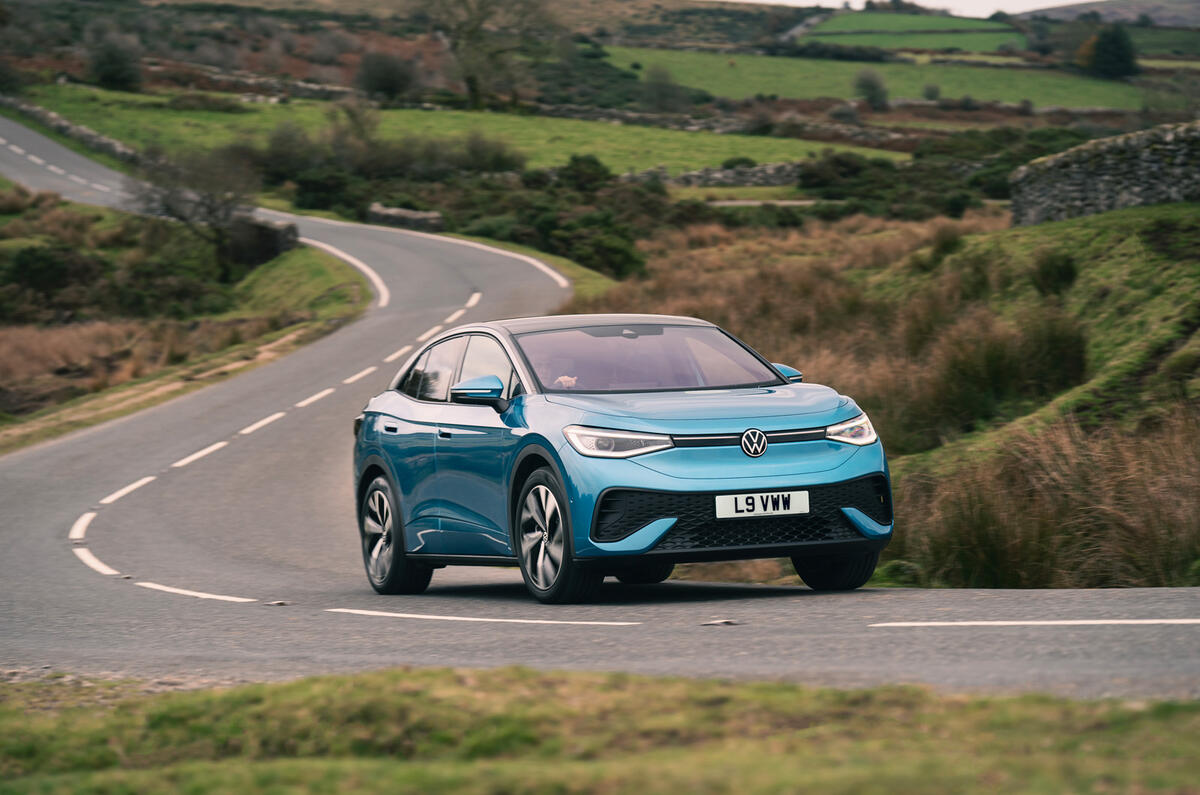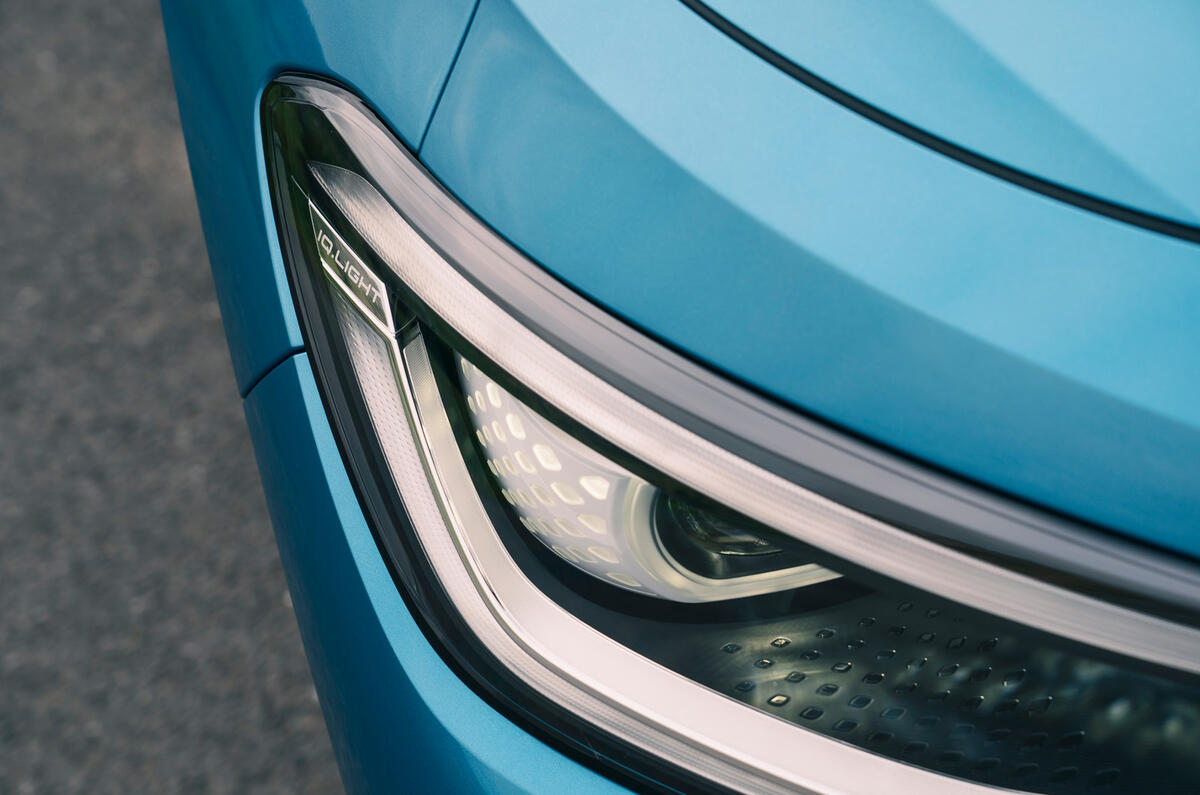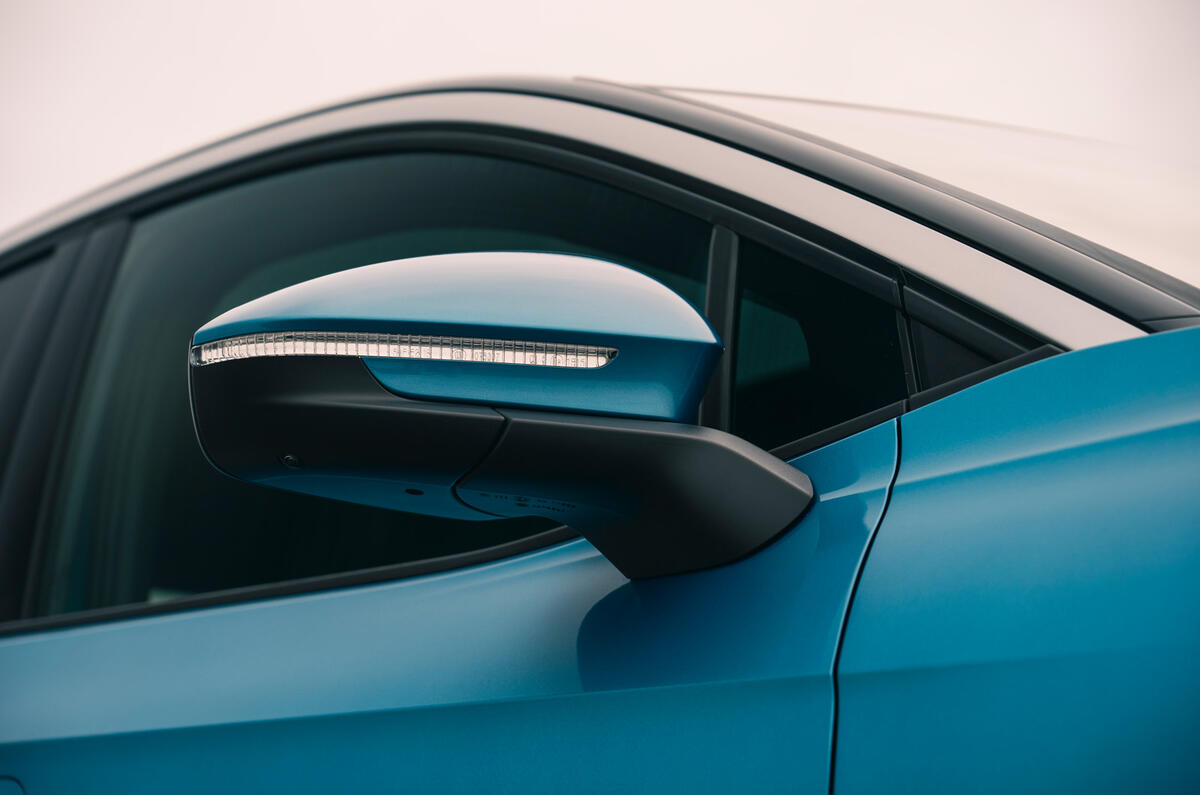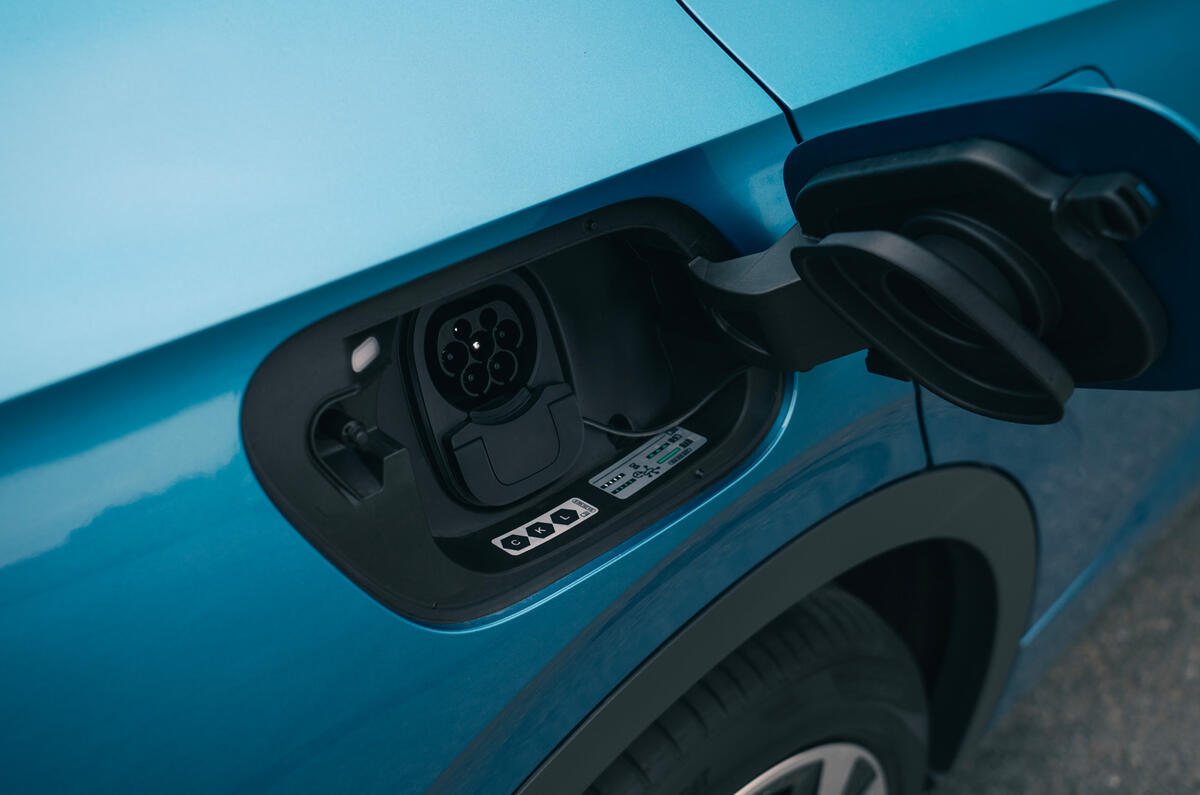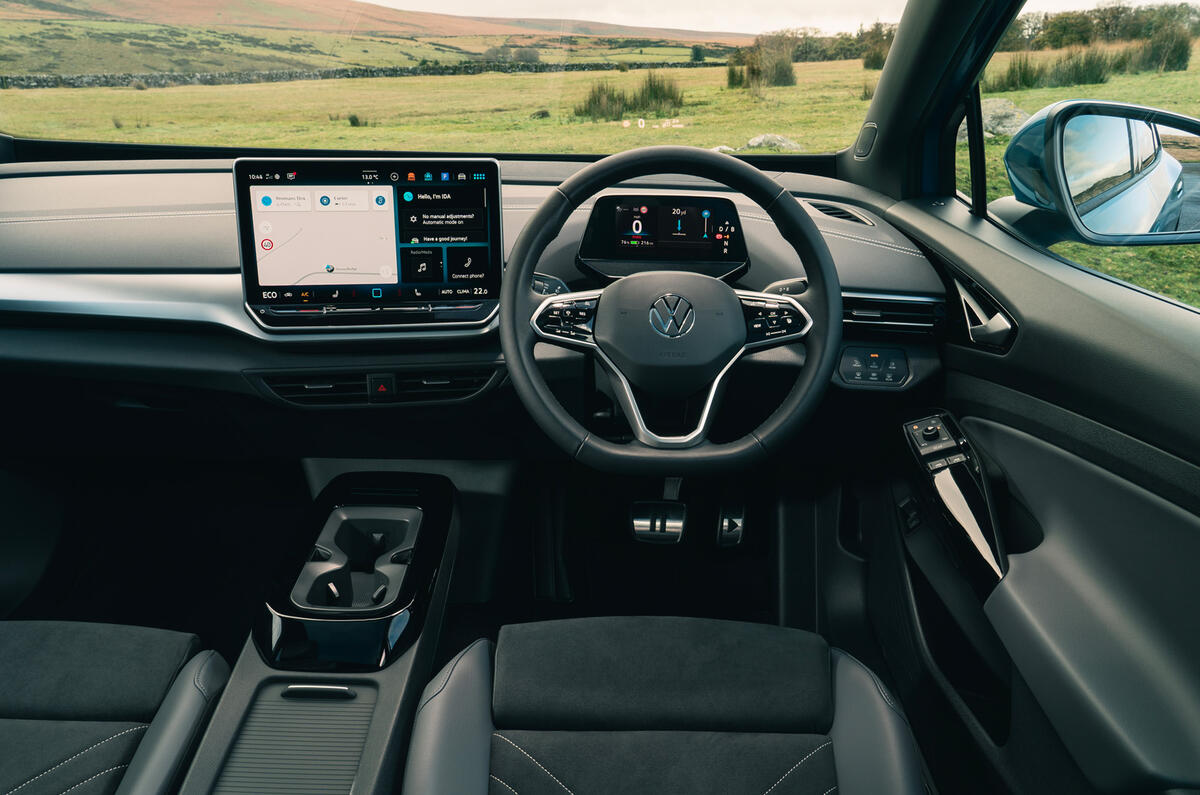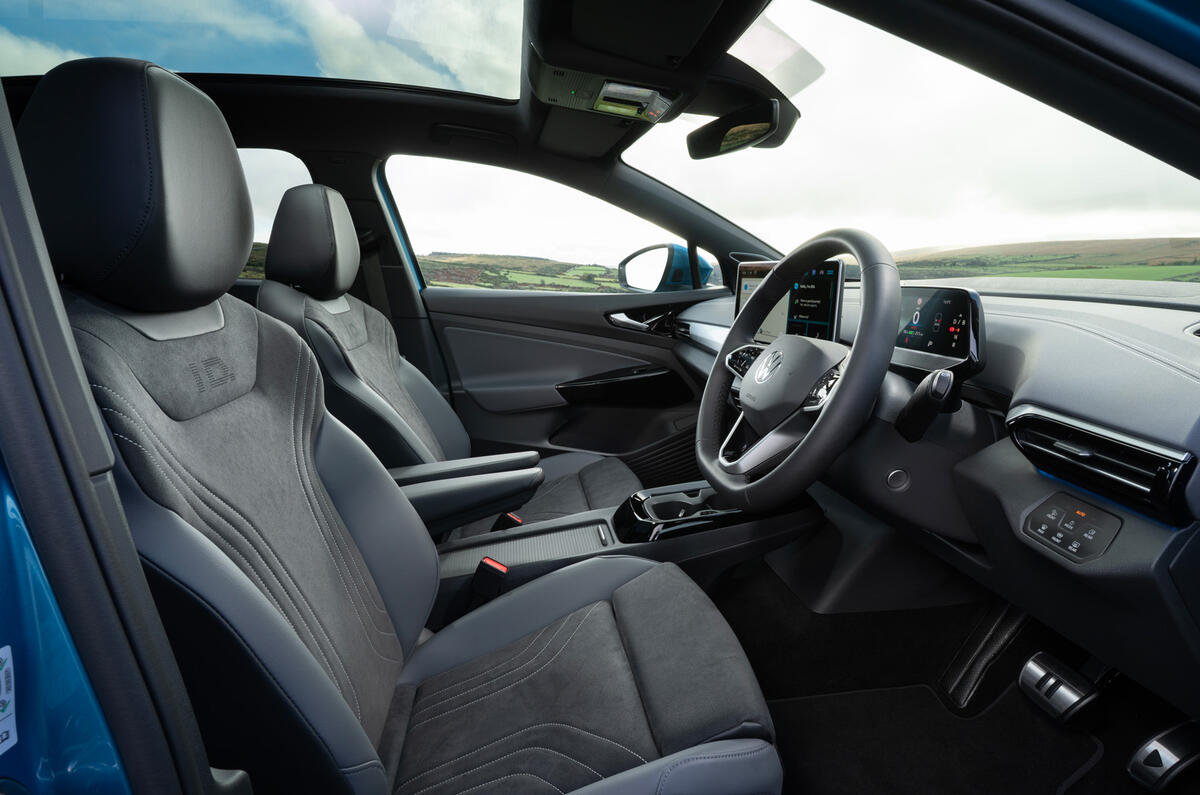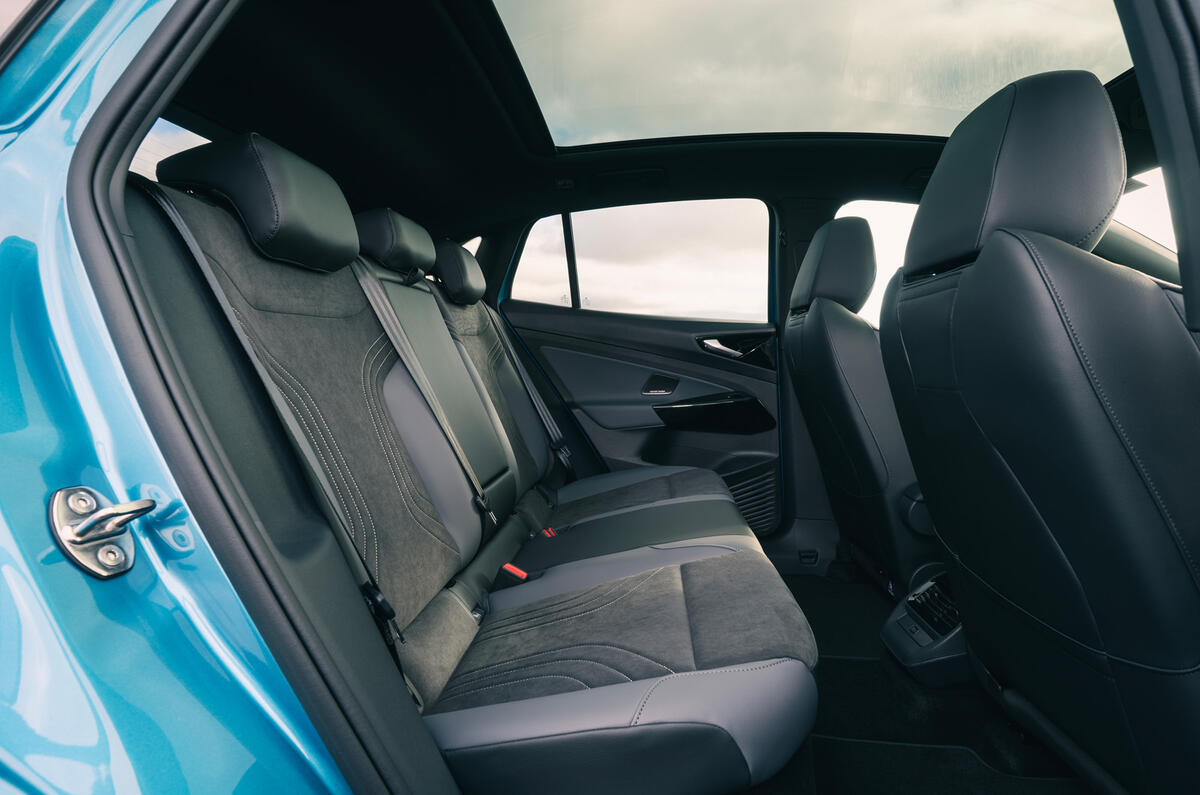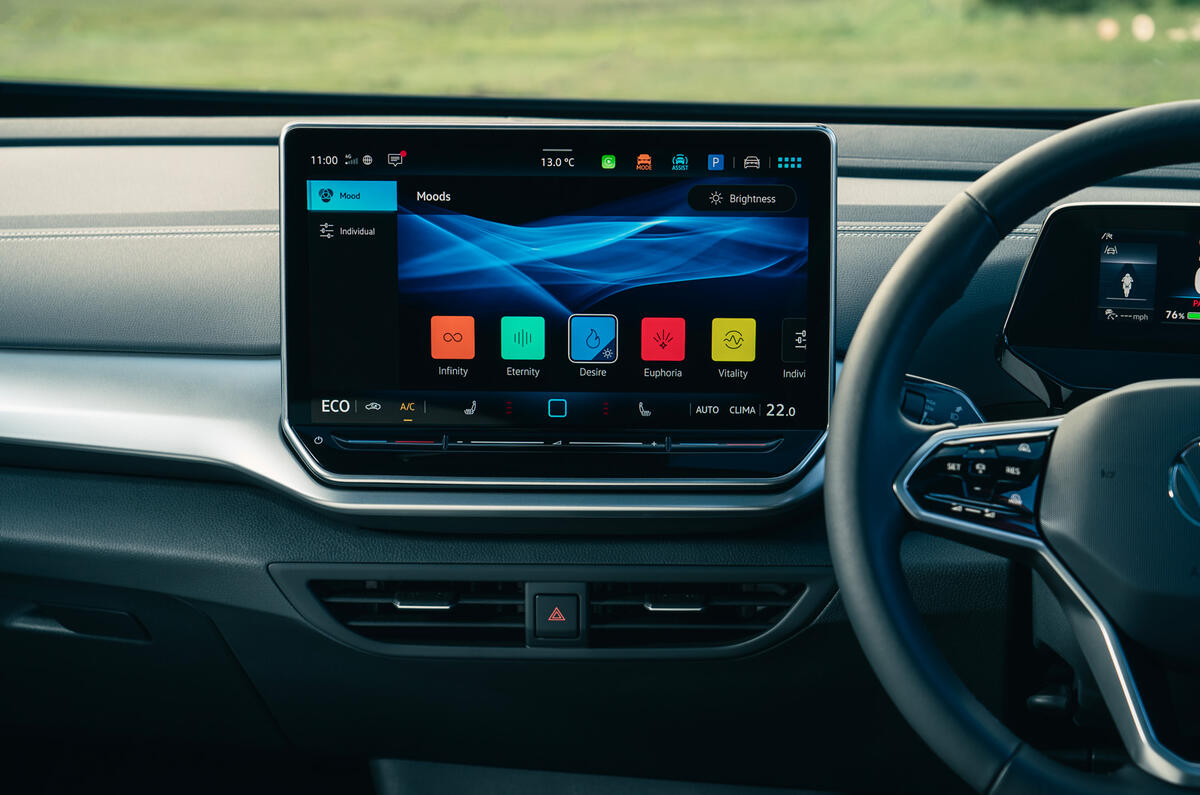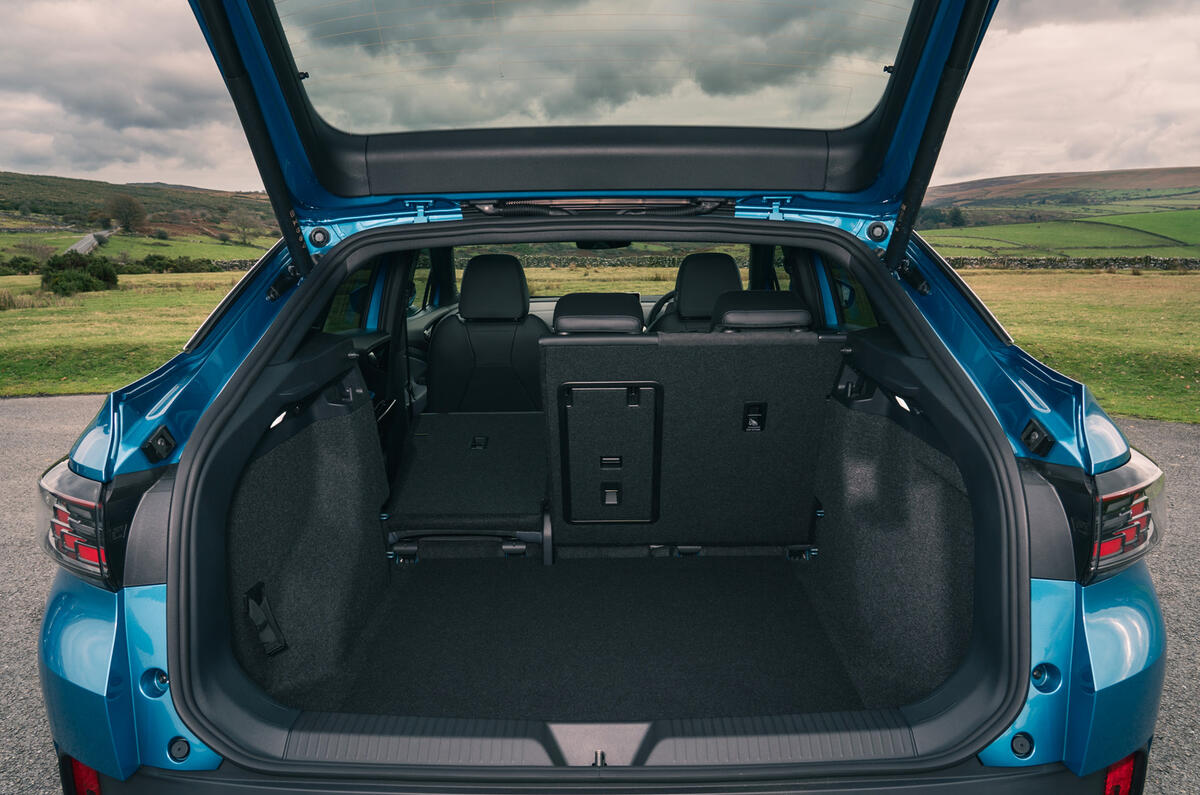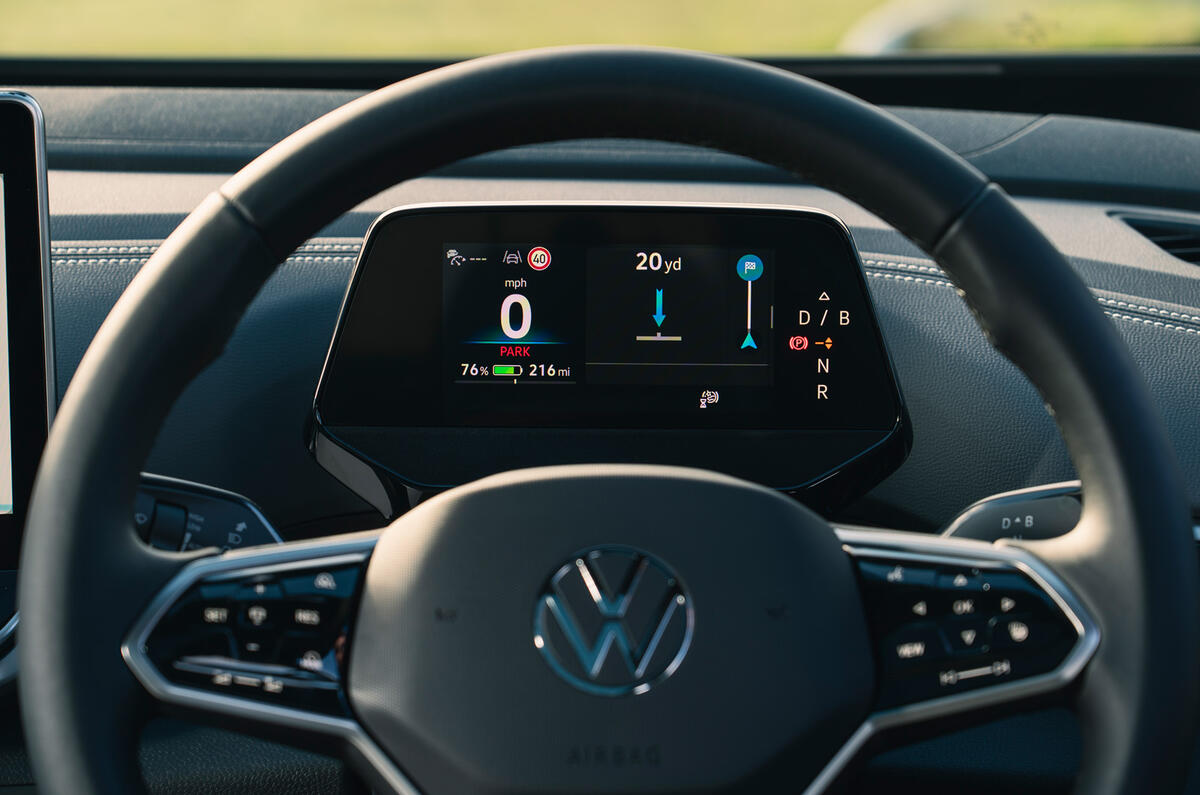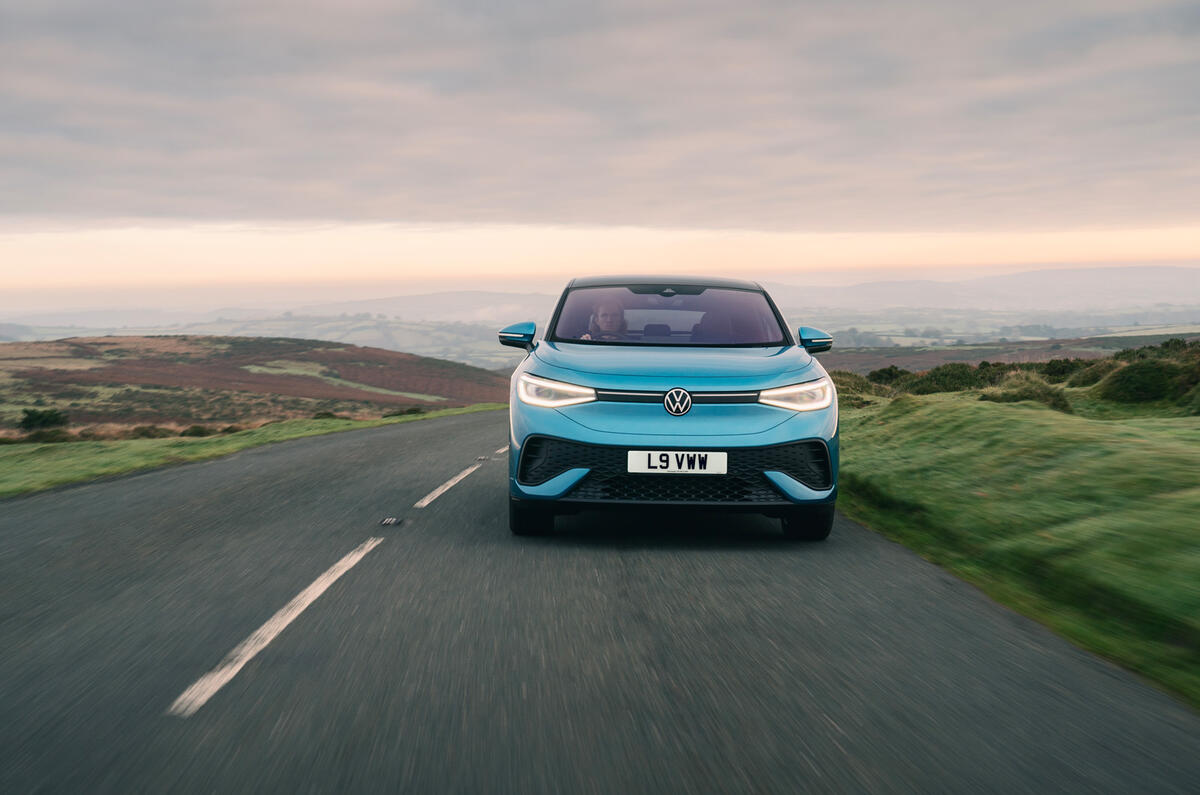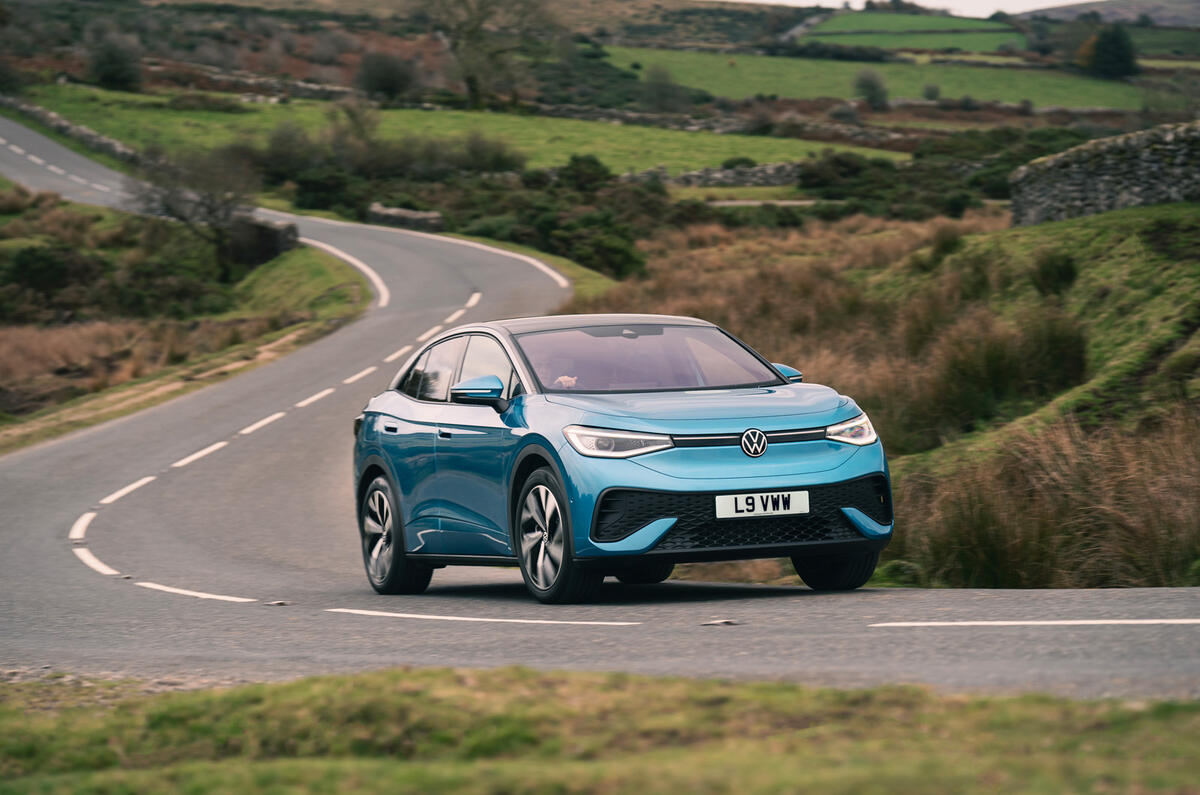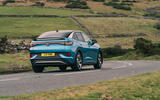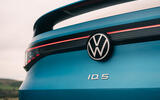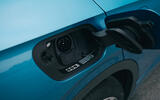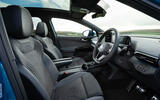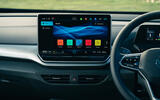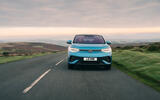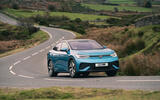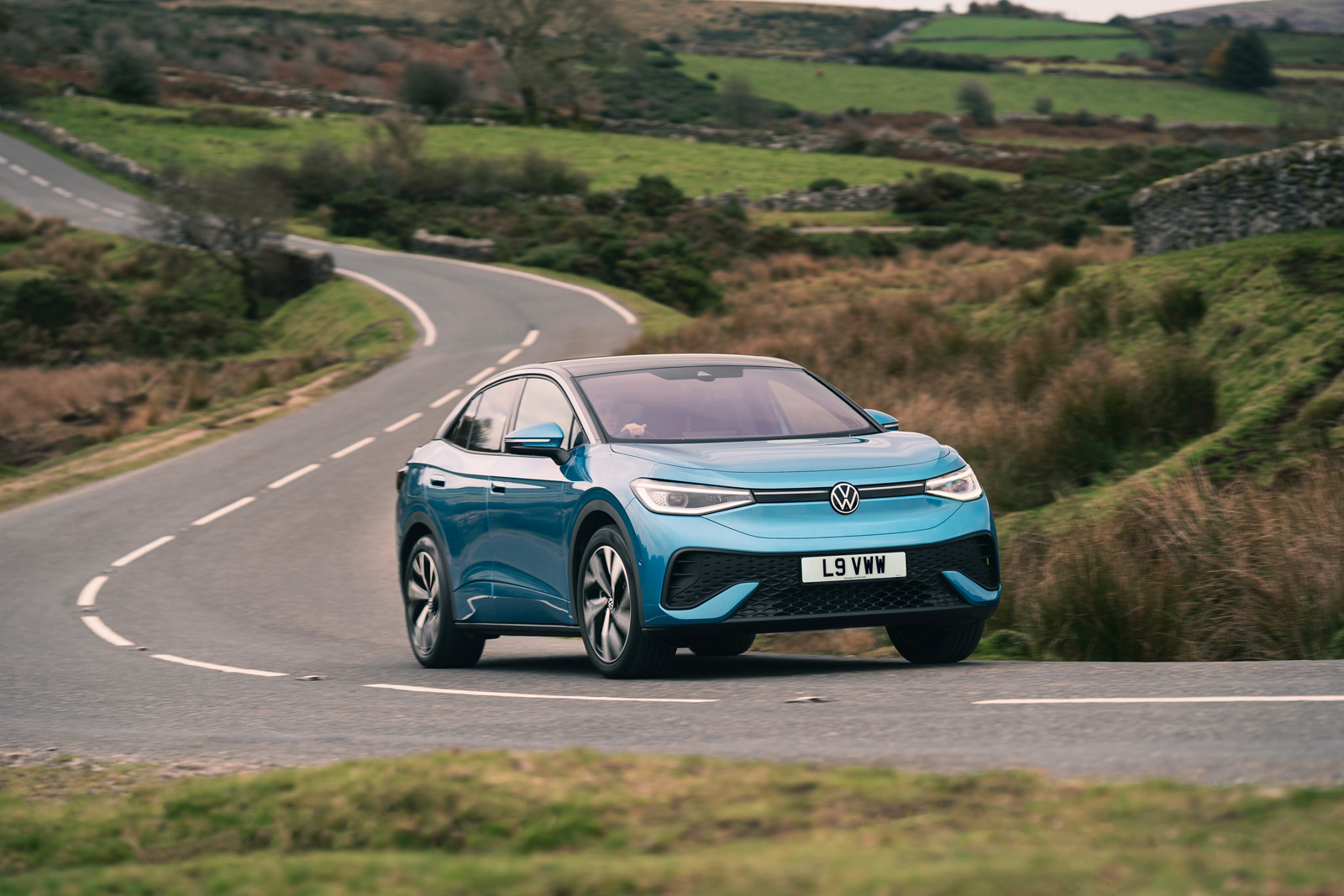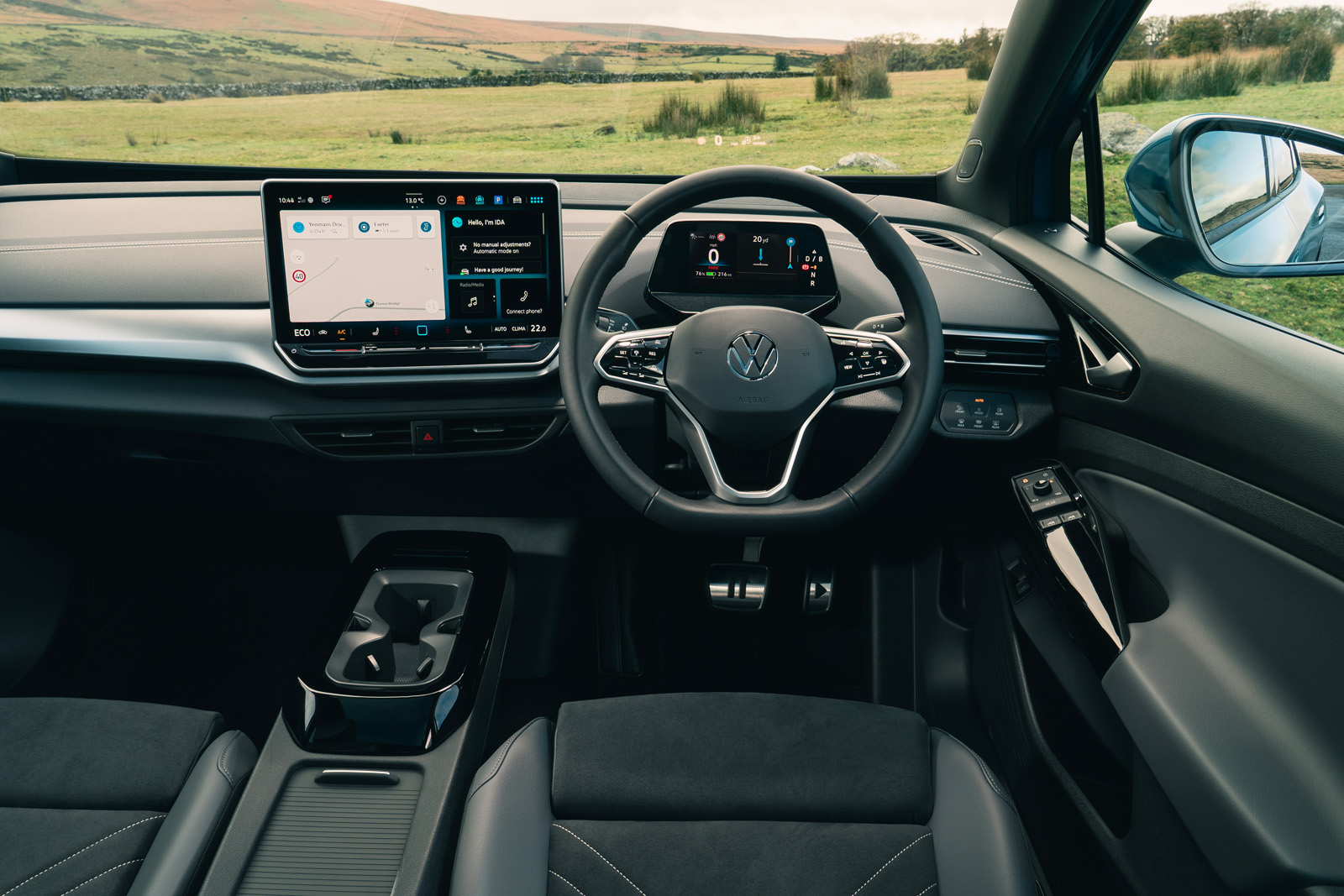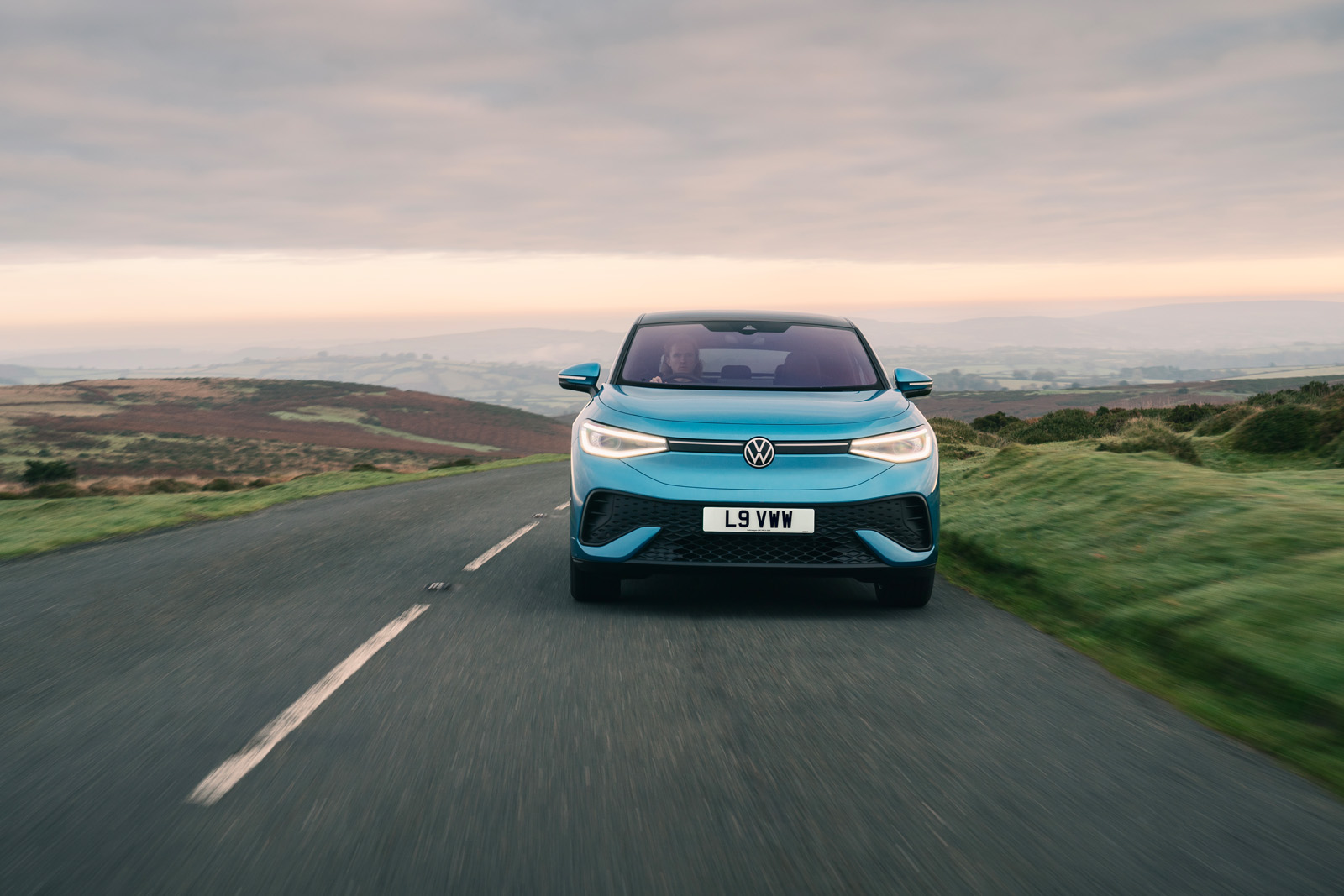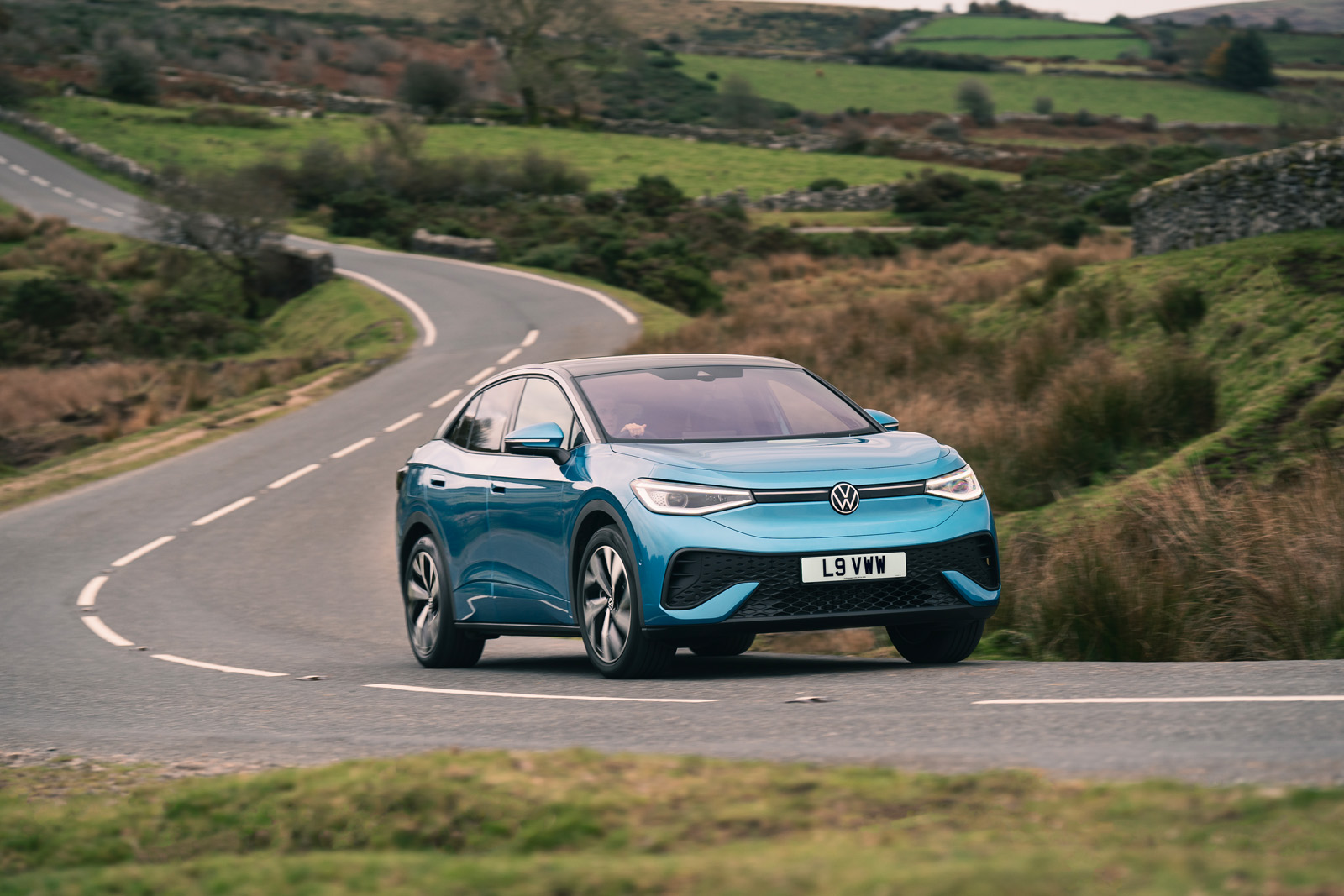Gone are the days when SUVs were purely boxy, drag-inducing lumps with a languid demeanour and lacklustre efficiency.
Okay, so traditional SUVs are still a sales phenomenon, but there’s a more modern body style in town: the oh-so-fashionable coupé-SUV, and so enters the Volkswagen ID 5.
You might look at the ID 5 and think it’s just an alternative to the Volkswagen ID 4 with a rounded backside, but in the world of EVs, a coupé-style design should in theory provide aerodynamical benefits for improved driving range.
The ID 5 is akin to the Skoda Enyaq Coupé and Audi Q4 E-tron Sportback. The ID 4 arrived in 2021, the ID 5 a year later, and the two cars share their underpinnings, including batteries, motors and styling, save for the rear.
Volkswagen ID 5 range at a glance
The ID 5 range mirrors the ID 4 range. So three variants are available in the UK: Pure, Pro and GTX.
The Pure is fitted with the smallest battery, a 52kWh unit, which offers a claimed range of 224 miles on a charge. The Pro gets 344 miles from a 77kWh unit, while the GTX gets a 79kWh battery, which offers 327 miles of range.
Power ranges from 167bhp up to 335bhp.


